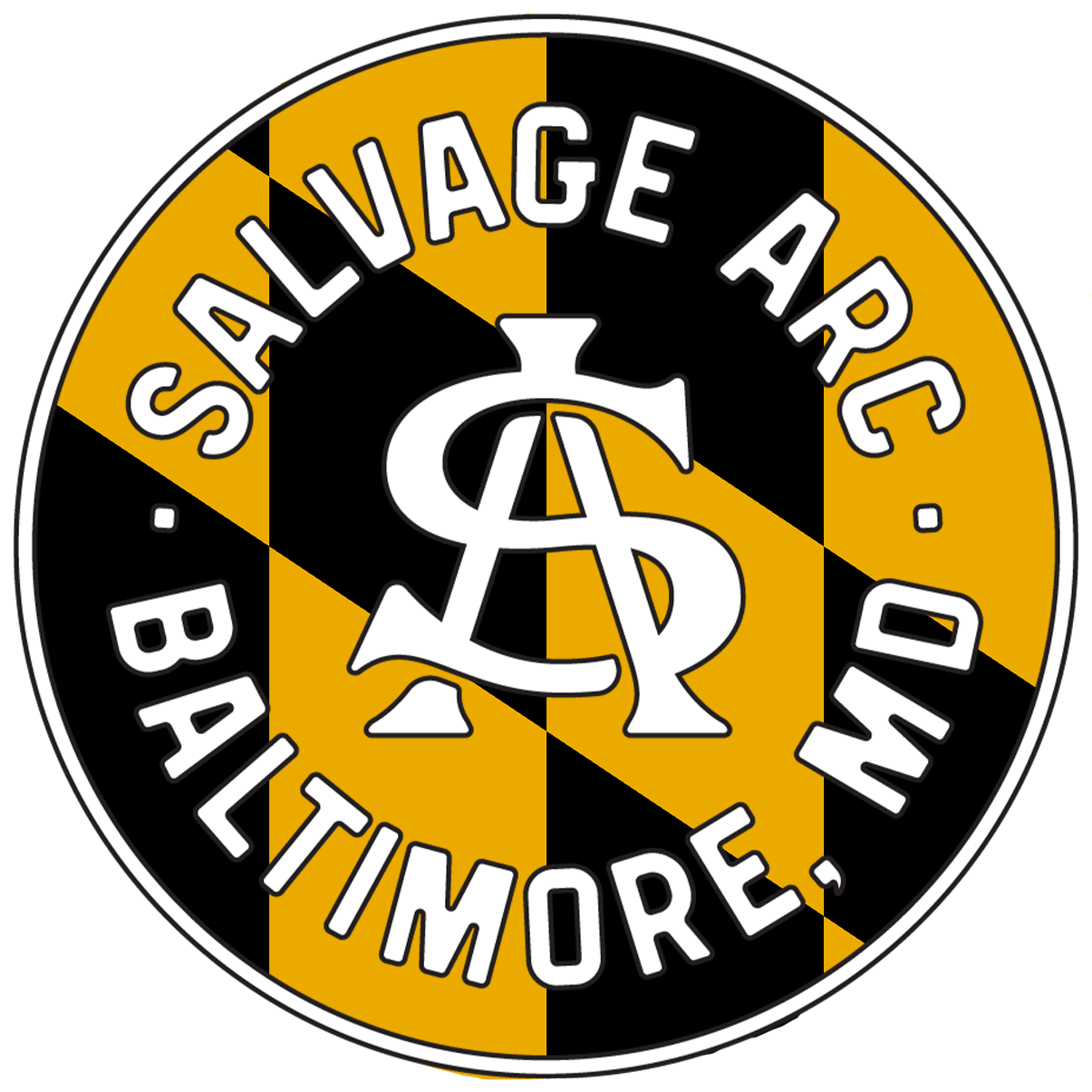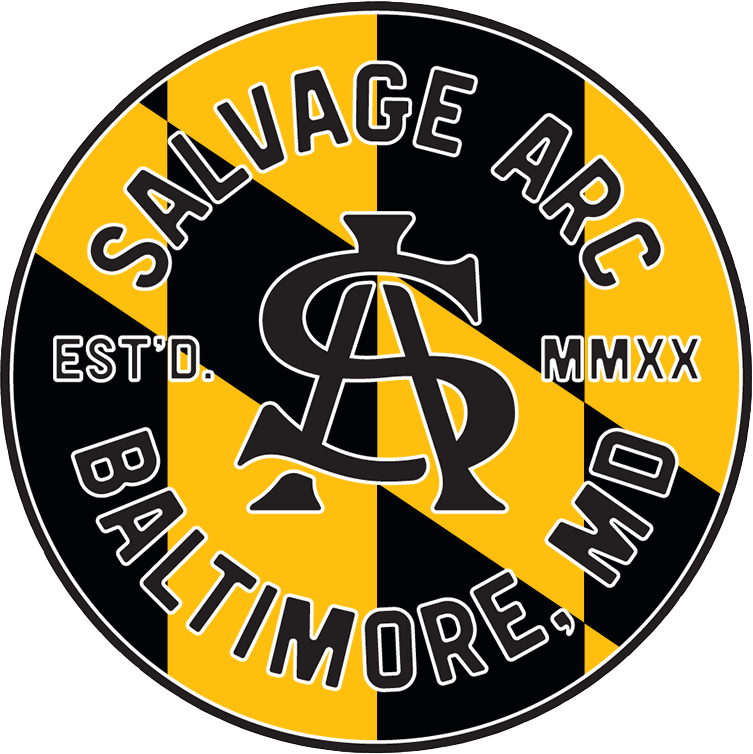Indian Head Cent
The first U.S. Cent was produced in 1787, the Fugio Cent, and was the first official coin produced for circulation in the very young United States. The Fugio Cent was designed by Benjamin Franklin and included the phrases "Mind Your Business" on one side and "We Are One" on the reverse.
The Indian Head cent was produced for 50 years, from 1859 to 1909. And would be replaced by the first generation of the Lincoln Head cent, the first circulated coin to have a portrait engraved on it instead of the fabled Lady Liberty, and the first one-cent piece to have "In God We Trust" placed on it.
The phrase "In God We Trust" was first added to U.S. coins in 1864, after the Coinage Act of 1864 was passed. But the phrase wouldn't be engraved on all coins minted and would even be removed from coins that had during later mintings. "In God We Trust" wouldn't be engraved on all U.S. coins until 1938.
I was astonished to see the level of detail that this Indian Head Cent had as I cleaned up the 140-year-old coin.
The individual feathers in the headdress. Strands of hair flowing down the figure's head. Even a necklace around the figure's neck. All were painstakingly designed and engraved by James Barton Longacre.
John was the Chief Engraver of the United States Mint from 1844 to 1869. But reach that role was no easy task. John left his home and family at 12 and got an apprenticeship at a Philadelphia bookstore for 6 years. The store owner noticed that John had a talent for drawing portraits and released him from his apprenticeship. At the age of 18, John started working at Murray, Draper, Fairman & Co, an engraving firm based at 47 Sansom St. in Philadelphia.
There John worked on some of the portrait engravings that would be placed on John Binn's version of the Declaration of Independence. After another 6 years, John moved on from Murray, Draper, Fairman & Co started his own company at 230 Pine St. in Philadelphia.
John's work allowed him to meet many important mid-1800s political figures. These connections would play a vital role in John's engraving career.
On July 23rd, 1844, the U.S. Mint's Chief Engraver, Christian Gobrecht, passed away. And the battle for his seat would start. The other engravers who hoped to be appointed by President Zachary Tyler were Charles Welsh, a banknote engraver, and Allen Leonard, who had made medals. But John would be them both for the job thanks in part to one of his many connections, Senator John C. Calhoun. On September 16th, 1844, John would be appointed by President Tyler.
One of John's most famous engravings is from his first few years as Chief Engraver, the 1849 Gold Double Eagle...I wish I had found one of those!



